Mayrig – Armenian food arrives in Dubai
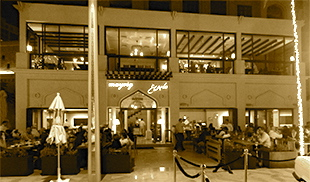 Armenian food probably isn’t as well known in Europe and North America as it should be. While the legacy of history has left communities of Armenians scattered around the Middle and Near East, their cuisine remains largely underappreciated outside of countries and cities with strong, established Armenian communities, notably Lebanon, Syria, Cyprus, Jerusalem, and – of course – Armenia itself. This is a shame, since Armenian food draws on diverse culinary influences from the Byzantine, Ottoman, Mongol, and Persian empires, while nonetheless remaining wholly distinctive. No self-respecting foodie with an interest in history (which might just possibly describe me) could possibly pass up that combination of imperial influences – which is why I found myself in Downtown Dubai’s Mayrig restaurant on a Thursday night.
Armenian food probably isn’t as well known in Europe and North America as it should be. While the legacy of history has left communities of Armenians scattered around the Middle and Near East, their cuisine remains largely underappreciated outside of countries and cities with strong, established Armenian communities, notably Lebanon, Syria, Cyprus, Jerusalem, and – of course – Armenia itself. This is a shame, since Armenian food draws on diverse culinary influences from the Byzantine, Ottoman, Mongol, and Persian empires, while nonetheless remaining wholly distinctive. No self-respecting foodie with an interest in history (which might just possibly describe me) could possibly pass up that combination of imperial influences – which is why I found myself in Downtown Dubai’s Mayrig restaurant on a Thursday night.
It’s worth stressing that Mayrig’s menu isn’t solely Armenian, but rather Armenian with a ‘generous borrowing’ from the Lebanese cuisine of the original restaurant’s Beirut location; but this merely reflects the long-standing cross-cultural influences in Armenian food. There are 26 hot and cold appetisers on Mayrig’s menu, and only 11 mains, and I don’t doubt that anyone could eat really well piling up the starters in a meal of Armenian-style mezze – but that would also mean you miss some of the glories of the main courses. Not that there aren’t plenty of glories among the appetisers, mind, because those astonishing Armenian kebbe…but I’m getting ahead of myself.
Faced with that long list of appetisers, our party of three cheated slightly, and ordered the Mayrig platter. This comes with a selection of vaspov keuftah (lentil kebbe; the latter is the menu spelling), Mayrig keuftah (potato kebbe), and ichi keuftah (raw kebbe Armenian style), served with three sauces – which, for lack of a menu or waiter description, I’ll call tomato vinaigrette, warm cooked meat with pine nuts, and onion jam. The lentil and potato kebbe were perfectly fine – quite good even – but were wholly overshadowed by the extraordinary meat kebbe, each richly textured mouthful a perfectly pounded pink meat and onion-based paste. They were astonishing – the best kebbe (or kibbeh!) I’ve likely ever eaten.
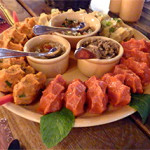
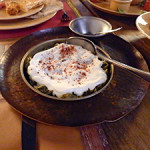

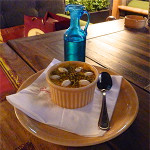
This raised high expectations for the mains, the first of which was spanakhov mante. While listed on the menu as spinach dumplings, tomato sauce and yoghurt, this perhaps underplays the historical roots of a dish that the Australian-Greek food writer Tess Mallos (who wrote extensively about Middle Eastern food) ascribed in part to a Mongol origin. The dish is neither wholly dumpling nor wholly pasta, lying somewhere between dumplings and small open ravioli. They come to the table with the yoghurt, tomato sauce, and a small dish of paprika, each served on the side. The waiter immediately offered to serve the sauces for us, pouring the tomato on first, then the yoghurt, and then sprinkling the dish with paprika. It was reasonably good, with the tart yoghurt a good match for the doughy dumplings. If that had been the only main I had tried at Mayrig, I would have thought the mains above average without necessarily being remarkable – though the dumplings do go slightly soggy in the sauces, if you don’t eat them quickly. But much as the lentil and potato kibbe were overshadowed by the meat kibbe, the spanakhov mante was wholly overshadowed by our second main.
Fishnah kebab is described on the menu as grilled kebab topped with wild sour cherries; while technically accurate, that’s rather like describing foie gras with truffles as ‘fattened goose liver with black fungus’. It’s a remarkable dish of delicately spiced meatballs buried under tangy and fruity wild cherries, served with small slices of crisp flatbread. Along with the meat kebbe, it was the highlight of the evening.
At this point, we were already full enough that we weren’t sure about dessert, though I made the necessary heroic effort just to try every part of the menu. I had the sultani anouch, a milk pudding with pistachios and a thin layer of apricot puree on top – a combination transformed by the rose essence-flavoured sugar syrup served on the side in a hand-blown glass pitcher.
On a pleasantly warm evening, the outside terrace of Mayrig was busy, smart and relaxed, with efficient, effective, friendly service (except for a small attentiveness wobble when the time arrived to pay the bill). It’s not a licensed restaurant, but nor is it at the cheap and cheerful end of ethnic Dubai dining. Most starters sit between AED30-50 (the Mayrig platter is AED100), while the mains at AED57-85 (fishnah kebab is the most expensive main). Our bill for three, including (non alcoholic, obviously) drinks came to AED333. This makes Mayrig an excellent option for diners looking for a well-presented meal of interesting ethnic food, free of both alcohol and pork. Though do be careful not to over-order. We found the Mayrig platter (equivalent to three starters), two mains, and a dessert to be absolutely adequate. The mains are remarkably filling given how deceptively small they look.
Much of Mayrig’s food is solid, pleasant, above average Lebanese-Armenian; but when it does hit the heights, as it certainly does with ichi keuftah and fishnah kebab – two dishes I would make a special effort to return for – you appreciate that Armenians deserve to be recognised for their food at least as much as they’re remembered for Charles Aznavour, Cher (aka Cherilyn Sarkisian), and being the victims of the 20th century’s first genocide.
So have I tempted you to taste Armenian food?
Until next time,
The Man in the White Hat.
So who’s The Man in the White Hat? He has an abiding interest in both history and food; his holidays tend to combine an intriguing local cuisine with a UNESCO World Heritage site, and he’s eaten his way across some 50 countries in Europe, Asia, Africa, North and South America, and Australasia. He currently lives in Dubai, where he edits a couple of academic publications.
















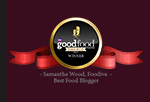








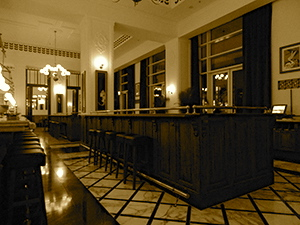
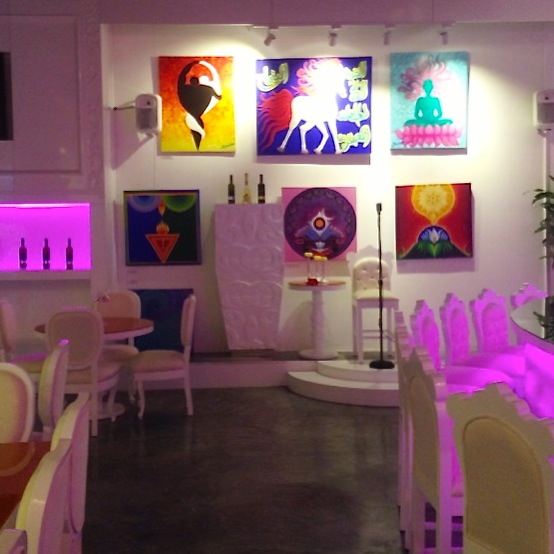
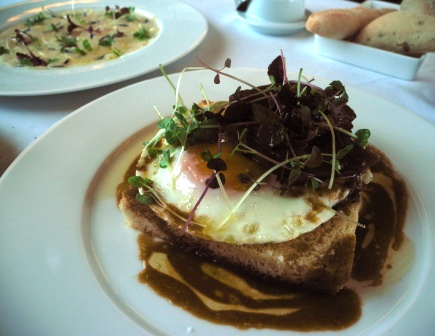

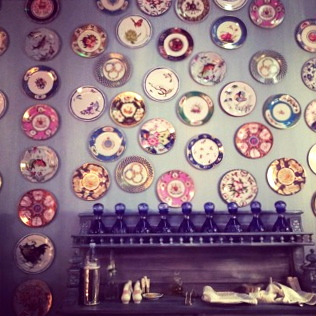

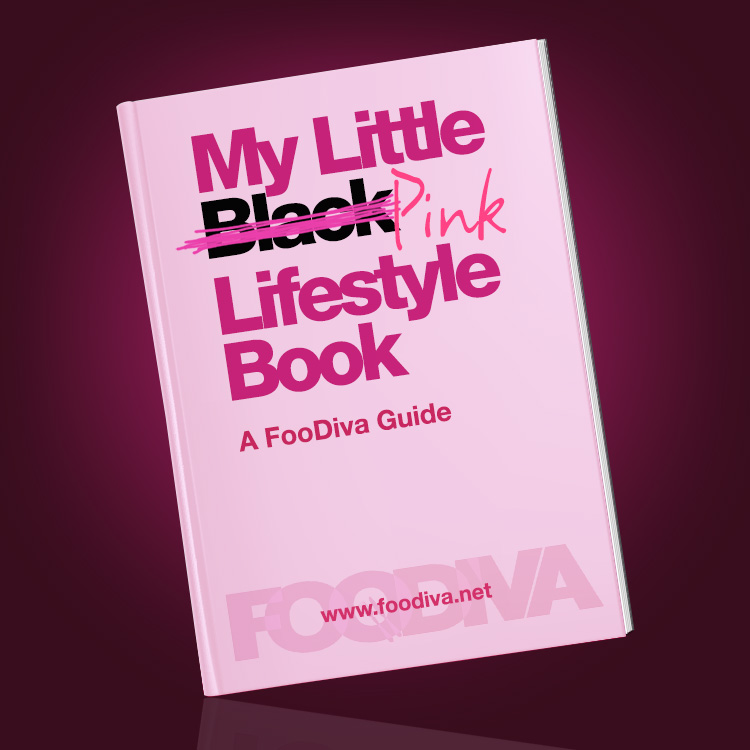


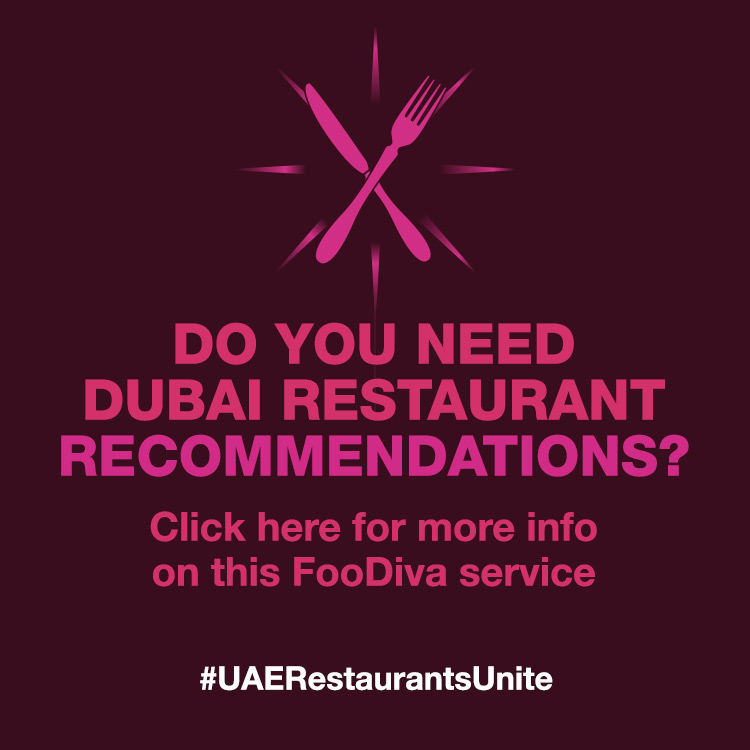



A very interesting review, well written and to the point; the Mayrig looks an attractive place to dine. The Armenian food has lots of similarities with the Cypriot food and especially the rich variety of meze.
All the best to The Man in the White Hat!
Thank you, Kelly. I’m not at all surprised by the similarities with Cypriot food; quite apart from the long-standing presence of an Armenian community in Cyprus dating back to at least the 10th century, and the close geographical links between the medieval Armenian Kingdom of Cilicia and the island of Cyprus, both Cyprus and broader Armenia were under the Ottoman Empire (an entity that neither Armenians nor Greek Cypriots necessarily look back on with unmitigated fondness) until the late 19th / early 20th century. And of course, both communities were, and are, Christian (though the Armenians are non-Chalcedonian Oriental Orthodox) in an otherwise predominantly Muslim region. I’m more familiar with the connections between Armenian and Lebanese food, so I’d certainly be happy to hear more about some of the connections between Armenian and Cypriot food!
Let me see how to describe the Cypriot food: it is a combination of Greek and Oriental cuisine.
I will refer to similar dishes that you had at the Mayrig.
1. The Kibbeh that you mentioned, we have it also on our menu; another version is the vegetarian with a mushroom filling.
2. The Fishnah Kebab for us are the Keftedes which are either fried or for a healthy option are cooked in the oven.
Another variation of keftedes without meat are with courgettes or potatoes and other vegetables.
3. We of course have the lentils which are cooked either plain or with a little rice and various aromatic herbs and spices.
4. A traditional Greek speciality are the various pies e.g spinach pie called spanakopitta.
5. Raviolis with a filling of our local halloumi (cheese) – another variation is to add some spinach.
6. We should not forget to add of course the meat or chicken kebabs served in a pitta bread or the Souvla which are bigger chunks of meat cooked on charcoal – the favourite Sunday lunch.
Thanks for the outline, Kelly; certainly there seem to be affinities between the two cuisines.
Wow – we really do follow each other around. I was there for lunch last week too. The rose ice cream really was amazing
Lovely review. I’ve been meaning to go but I guess I just needed a little encouragement. Thanks “Man in The White Hat” because- yes, you have tempted me to try it !
I do hope you give them a try, Sara – the best dishes are excellent. I’m already thinking about when I might next have an excuse to go for some fishnah kebab!
Dear Man in The White Hat,
It is a very well-written review and I can’t agree with you more about the recognize of Armenian food (especially starters) to the world. We have many nice small Armenian restaurants in Istanbul and we visit some of them regularly to eat their starters with our national drink “raki”.
However, I was confused with your last sentence about the so-called Armenian genocide. Are you a historian? There are many evidences showing it was a massacre for both side, not only for Armenians. Besides, this article should have been based only about the quality of the food of a very nice restaurant in Dubai as this is a food site not a political website. So, why you put your political thought in such review?
Anyway, I still think this is a good review and the restaurant and Armenian food always deserve to give a try.
Dear Ottoman Lawyer,
I’m delighted to hear that you think this was a good review of the food.
But in answer to “Are you a historian?”….
I’m an archaeologist who sits on the Board of Directors of both of the two largest international professional societies for the archaeology of the post-1500 period; the first person to do so simultaneously in 40 years. I’m the editor of a prominent peer-reviewed archaeological journal that’s publishing a paper on the Armenian community of 19th-century Izmir/Smyrna in our next issue (written by colleagues from Dokuz Eylül University in Turkey), and I’m in the process of editing a volume on ‘The Historical Archaeology of Nationalism’ (to be published by the University Press of Florida) that contains – at my specific invitation – a chapter on the impact of Republican-era Turkish political ideology on the archaeology of the late Ottoman period (written by a colleague from Bilkent University in Turkey).
So perhaps I flatter myself, but I’d like to think that I’m reasonably comfortable with the relevant historical topics – and I’m equally comfortable with my review as written.
At the same time, I recognise that many Turks will disagree with the review’s final sentence. And I’m comfortable with that, too; on that point we’ll just have to agree to disagree.
Istanbul’s a fantastic city, incidentally; I was there just last month as coincidence would have it.
Dear Man in The White Hat,
Thank you for your kind reply.
I’m glad to hear you are an archaeologist so I would like to invite you to East and North East of Turkey to see the massacre monuments and real photos that Armenians did. Perhaps, you already know those places. During the Nazi German, it was one-sided killing all the Jews across Europe. You can’t see any Nazi Germans were massacred by the Jews. They followed them every where and killed as many as they could. That’s genocide. However during the Ottomans, it was two-sided massacre. You can see too many solid evidences showing that both side killed and massacred each other. Ottomans killed too many Armenians and Armenians did the same. You just can’t compare who killed more.
You already said you are comfortable what you mentioned in your review, but I still believe a strong political view has (should’t have) no place in a food critic.
I hope you really enjoyed your time in Istanbul and we’ll be glad to welcome you again.